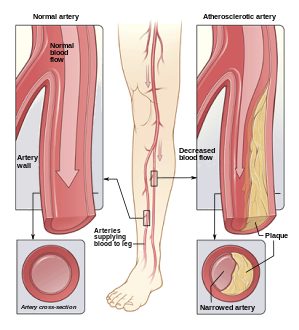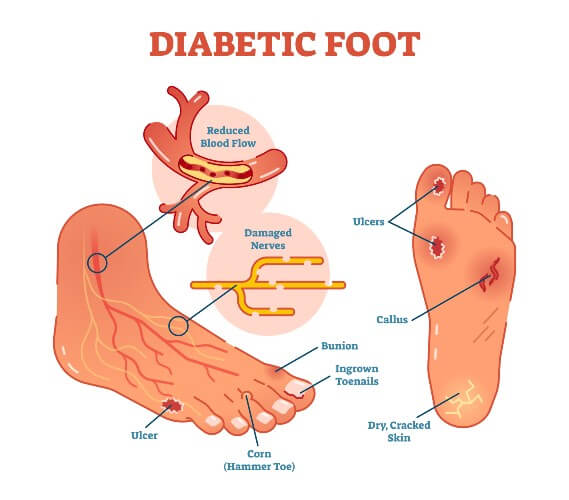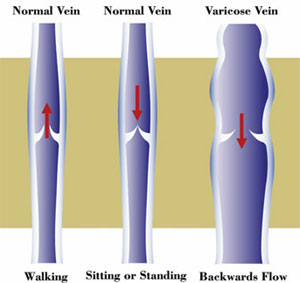

Diabetic foot ulcer treatment includes debridement of the wound, management of any infection, revascularization procedures when indicated, and off-loading of the ulcer. Other methods have also been suggested to be beneficial as add-on therapies, such as hyperbaric oxygen therapy, use of advanced wound care products, and negative-pressure wound therapy (NPWT).


Feel free to contact us
